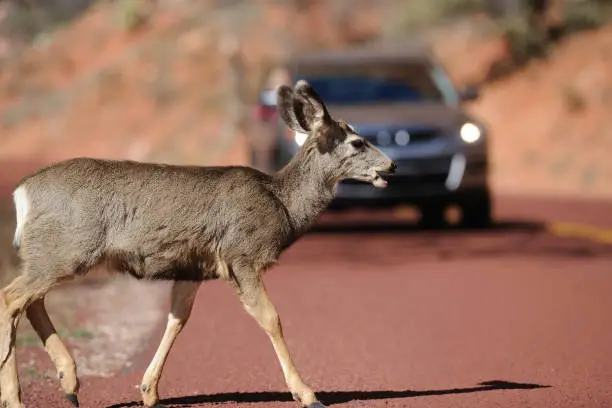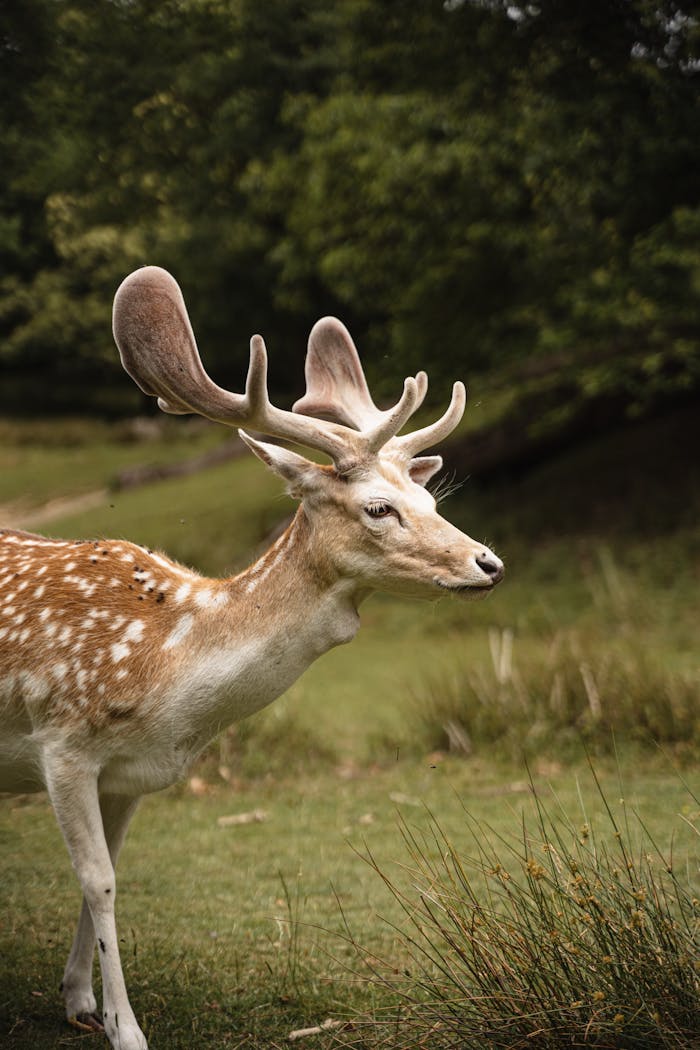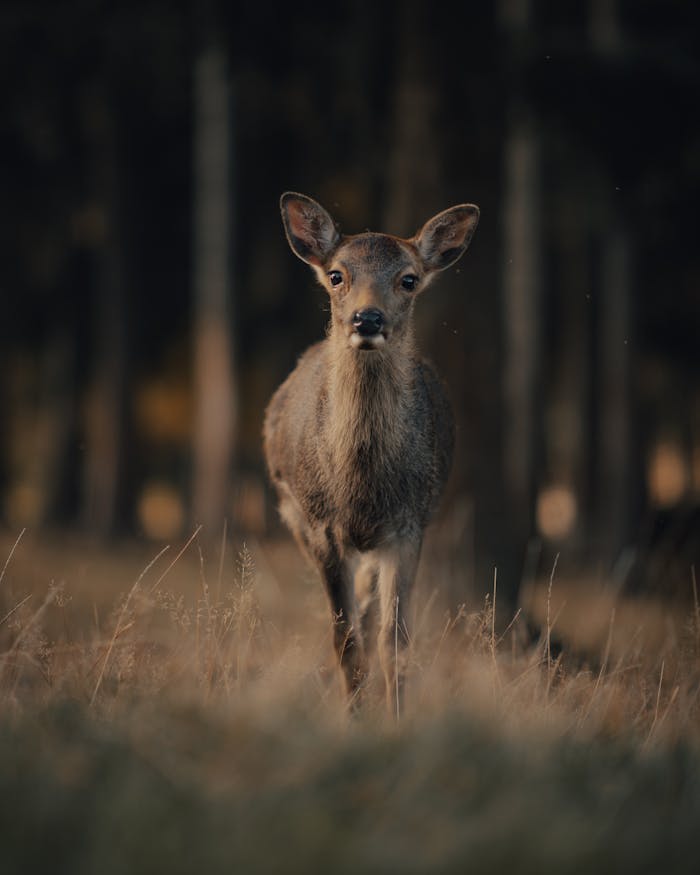Why Do Deer Run Into Moving Cars? Understanding the Risks and How to Stay Safe
Collisions between vehicles and deer are more common than you might think—and they can be incredibly dangerous. These accidents don’t just harm the animal; they also pose serious risks to drivers and passengers. Many crashes involving deer lead to severe injuries, even fatalities, and thousands of dollars in vehicle damage.
If you’ve ever wondered why deer run into cars, there are several important reasons—ranging from their natural instincts to environmental factors and seasonal changes.
Why Deer-Vehicle Collisions Happen So Often
Deer are large, fast-moving animals. A fully grown white-tailed deer, especially a male, can weigh up to 300 pounds. When an animal of that size strikes—or is struck by—a vehicle, the impact is significant.
These types of accidents are especially common at night and during certain times of the year. Here’s why:
-
Limited visibility at night reduces your ability to spot deer in time to stop.
-
Mating season (especially in the fall) leads to increased deer movement and erratic behavior.
-
Shorter daylight hours in fall and winter increase the likelihood of encountering deer during nighttime driving.
-
Habitat loss due to expanding roads and development forces deer into closer contact with traffic.
Why Do Deer Run Into Moving Cars?
Many drivers are confused about why deer seem to run directly into oncoming vehicles. It’s not because they have poor vision—in fact, deer have excellent night vision and wide peripheral awareness due to the placement of their eyes on the sides of their heads.
However, their heightened senses also make them more vulnerable to panic.
Here’s what happens:
-
Bright headlights temporarily blind or disorient them, causing them to freeze or run erratically.
-
They often perceive the vehicle as a threat but struggle to judge its direction or speed.
-
Startled deer may dash toward a safe spot—like forest cover—without realizing a car is in the way.
-
In many cases, they are following other deer, and may blindly run into danger trying to keep up.
In short, when deer run into cars, it’s usually because they’re scared and confused—not because they can’t see.
When Are Deer Collisions Most Likely?
Deer-related accidents are most frequent during these times:
-
Fall (October–December): This is mating season, when deer are on the move and less cautious.
-
Dusk and dawn: Low light levels make deer harder to spot, and this is when they are most active.
-
Night driving: Headlights can disorient deer, making their behavior even more unpredictable.
How to Reduce the Risk of Hitting a Deer
While deer behavior may be difficult to control, there are steps you can take as a driver to protect yourself and others:
1. Pay Attention to Deer Crossing Signs
Slow down when you see yellow warning signs. These are placed in areas with high deer traffic and are meant to alert you to the increased risk.
2. Stay Alert in High-Risk Areas
Wooded areas, open fields, and roadside ditches are places where deer frequently appear. These locations can give deer quick access to the road with little warning.
3. Drive Slower at Night
Use extra caution when driving after dark. Reduce your speed and stay focused, especially if you’re in a rural or semi-rural area known for wildlife activity.
4. Use High Beams When Appropriate
When there’s no oncoming traffic, turn on your high beams to improve your visibility. The light may reflect off a deer’s eyes, giving you more time to slow down. Just remember to switch back to low beams when another vehicle approaches.
5. Stay in the Center Lane When Possible
On multi-lane roads, keeping to the center lane gives you more space and time to react if a deer enters the road from either side.
6. Don’t Get Distracted
Avoid distractions like texting, eating, or adjusting the radio while driving—especially in areas where deer might be present. Being alert can give you the split second you need to avoid a collision.
7. Use Your Horn to Scare Deer Away
If you spot a deer near the road, slow down and honk your horn in short bursts. Deer have strong directional hearing and may move away from the sound.
8. Be Aware That Deer Rarely Travel Alone
If you see one deer, more are likely nearby. Slow down and scan the road and both sides carefully. Wait a few moments before continuing at full speed.
What to Do If You Encounter a Deer
If a deer is already on the road, do not swerve suddenly. Swerving can lead to losing control of the vehicle or hitting another car. Instead:
-
Brake firmly and steadily.
-
Keep a straight path if possible.
-
Use your horn if the deer is not moving.
If you’ve spotted a deer in the distance, slow down and prepare to stop. Be patient—it’s always better to wait than to take a risk.
Finally: Stay Prepared and Drive Smart
Understanding deer behavior on the road and knowing what to look for can make all the difference when you’re behind the wheel. Most deer-related crashes happen because drivers weren’t prepared or didn’t expect a deer to act the way it did.
Always stay alert, especially during high-risk seasons and in areas where deer are common. A cautious, informed driver can often avoid what might otherwise be a tragic or costly accident.
By staying aware and adjusting your driving habits, you can significantly reduce the risk of a collision—and keep both yourself and the local wildlife safe.


